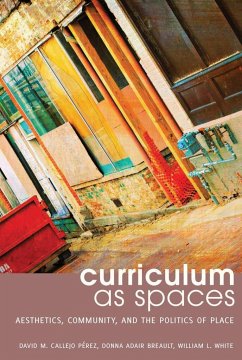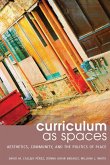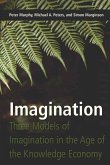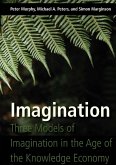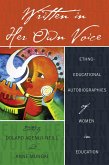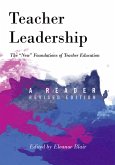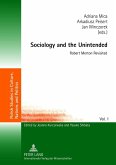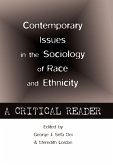This book has won the «O.L. Davis, Jr. Outstanding Book Award» 2015 from the American Association for Teaching and Curriculum (AATC)
Curriculum as Spaces: Aesthetics, Community, and the Politics of Place can be viewed as a holistic approach to education, conservation, and community development that uses place as an integrating context for learning. It argues that curriculum and place is a much deeper subject, with roots in aesthetics, community, and politics that go beyond the individual and profoundly address the formation of our current belief system.
Despite the unique efforts described in this book to address the curriculum of space, major issues persist in our educational system. First, the rigor of curriculum studies is not usually applied to this complex field that encompasses philosophy, aesthetics, geography, social theory, and history. Second, the conflict caused by studying the place without contextualizing it within the larger social milieu ignores the nuances of our intimately global social network. Third, current responses ignore the uncritical assessment of underrepresented groups within the theoretical landscape. With these problems in mind, Curriculum as Spaces introduces foundational principles that ask us to imagine the full realization of curriculum spaces and show us how to examine the philosophical and cultural roots of these most essential principles.
Curriculum as Spaces: Aesthetics, Community, and the Politics of Place can be viewed as a holistic approach to education, conservation, and community development that uses place as an integrating context for learning. It argues that curriculum and place is a much deeper subject, with roots in aesthetics, community, and politics that go beyond the individual and profoundly address the formation of our current belief system.
Despite the unique efforts described in this book to address the curriculum of space, major issues persist in our educational system. First, the rigor of curriculum studies is not usually applied to this complex field that encompasses philosophy, aesthetics, geography, social theory, and history. Second, the conflict caused by studying the place without contextualizing it within the larger social milieu ignores the nuances of our intimately global social network. Third, current responses ignore the uncritical assessment of underrepresented groups within the theoretical landscape. With these problems in mind, Curriculum as Spaces introduces foundational principles that ask us to imagine the full realization of curriculum spaces and show us how to examine the philosophical and cultural roots of these most essential principles.

